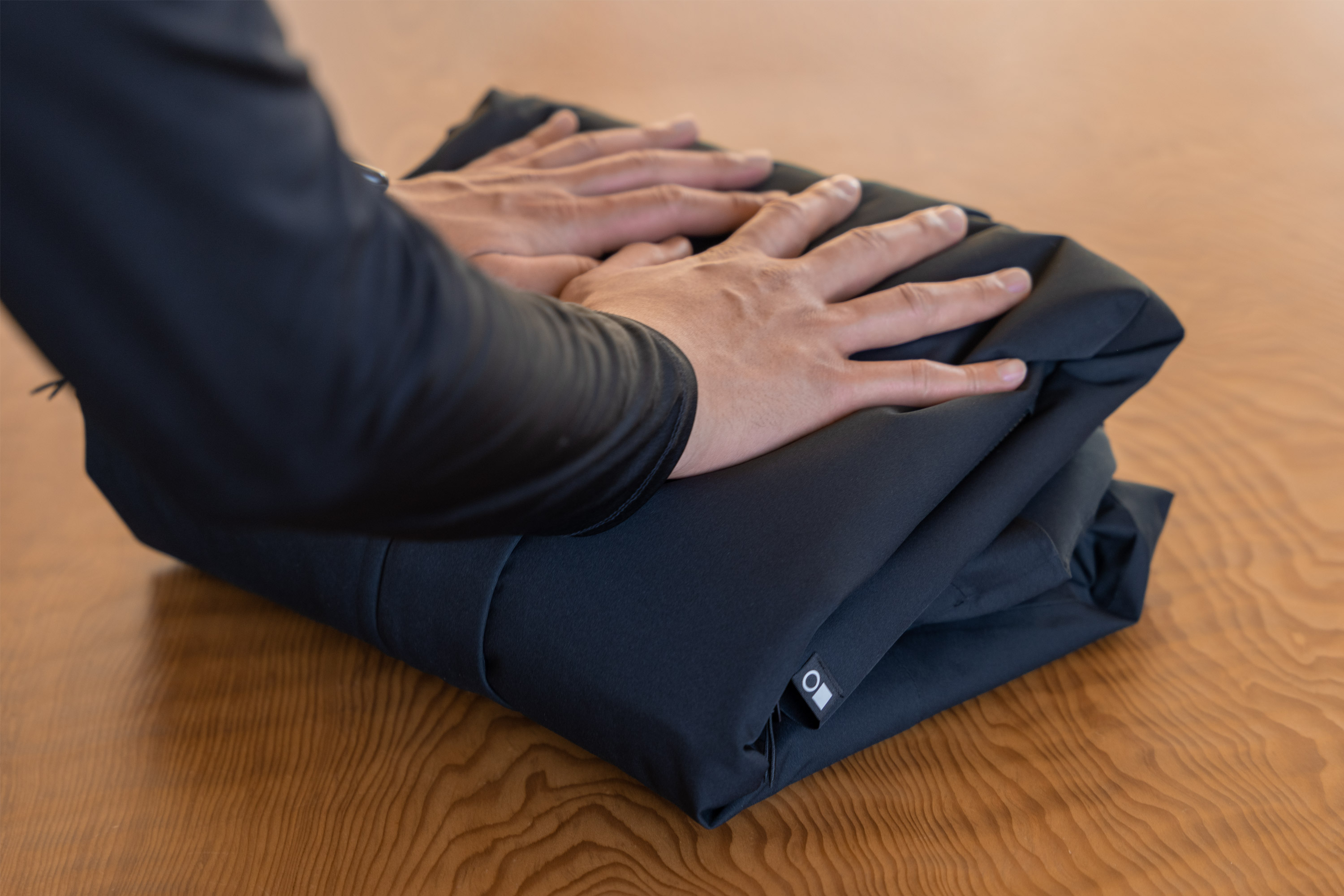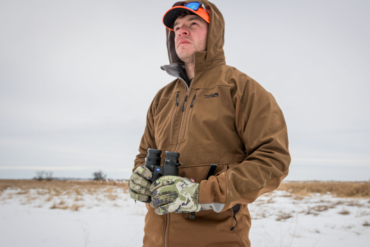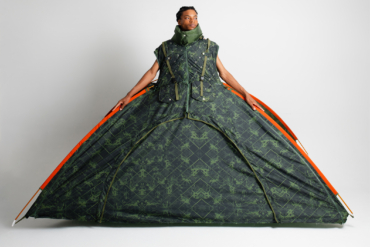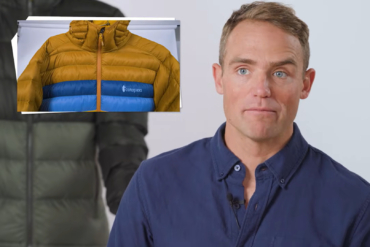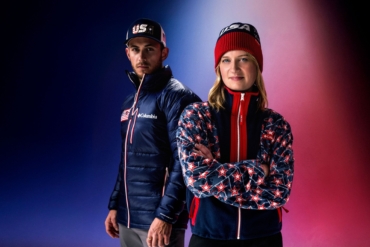LifeLabs’ new textiles aim to revolutionize sustainability for clothing and outdoor industries. And between its brand-new technology and concept of ‘New Sustainability,’ the brand might actually deliver on its promise.
Textiles are a constant in almost everything we do. They’re the fabrics we sleep in and the garments we wear throughout our days. They make up our jackets and layers on adventures and the comfort clothes we slip into at night.
We are in contact with different textiles around the clock — from cotton to polyester, merino wool, and GORE-TEX — many of which physically regulate our body temperatures as we go about our lives.
However, some regulate them far more efficiently than others.
That simple fact was the entire basis for a yearslong scientific sustainability endeavor by Dr. Yi Cui — one that promises to revolutionize the world of textiles and every industry they’re used in. This endeavor would culminate in the launch of a new lifestyle clothing brand that aims to impact the environmental footprint, not just of their customers, but of the entire planet: LifeLabs.

LifeLabs
If that sounds like a big deal, that’s because it is, according to JJ Collier, the Global VP of Product Design for LifeLabs. In fact, he says (half-jokingly, half not), “It’s only like the single most important thing happening right now.”
Collier would know. According to his LifeLabs bio, he’s a “master of combining innovative textiles with modern design.” He’s had decades of experience working as the design director for companies like Spyder Active Sports and Polo Ralph Lauren, designing their outerwear and other clothing lines. He’s been at the forefront of clothing design and technology for most of his post-pro-snowboarding career.
When Collier joined the LifeLabs team, he says he was desperately seeking some new way to influence the industry. He was existentially contemplating the nature of textiles — where they’re made, how they’re made, their carbon footprint, and how he could help make his industry sustainable.
So when Scott Mellin, LifeLabs’ CEO, called him up and explained the concept of a company that would influence global sustainability using cutting-edge, patented, thermally efficient textiles, as well as an idea called New Sustainability, Collier was absolutely enraptured.
He says it was like he’d been waiting for that connection.
“I was so ready to have an opportunity to reimagine how we do things,” Collier says. “And then all of a sudden, LifeLabs.”
Textile Technology: ‘New Sustainability’
Cui, the co-founder of LifeLabs, started engineering these textiles in 2016 in hopes of using them to address climate change. He saw a direct correlation between a person’s ability to regulate their own body temperature and the grid energy used to heat or cool a room.
If he could create something that would help people regulate their body temperatures better, he reasoned, perhaps he could help people reduce their personal carbon footprints as well.
The textiles that Cui and his team developed came up with a way to achieve that, using infrared transparent materials, metallic nanofiber coatings, and the concept of New Sustainability.
They’re revolutionary, according to Collier. As of their October 19 launch, two lifestyle lines are available with that technology: CoolLife and WarmLife.
CoolLife is designed to lower the wearer’s body temperature by a full 2 degrees Celsius. This yarn-based polyethylene textile is “thermally transparent,” meaning infrared heat will continually escape off the wearer’s skin.
“The polyethylene fibers in [CoolLife] are infrared transparent, so your body heat escapes without any resistance whatsoever,” Collier says. “A cotton T-shirt traps infrared radiation. But our T-shirts don’t.”
Compared to organic cotton, LifeLabs’ CoolLife T-shirts ($75) are 70% cooler, which is noticeable as soon as you put a CoolLife shirt on, Collier says. “It’s so amazing to have a tangible experience with something like that, right off the bat,” he added.
The hope is that CoolLife garments will allow people to actually use less air conditioning during warmer months, directly reducing their household’s carbon footprint. According to LifeLabs, adjusting a thermostat by just 2 degrees Celsius through the entire summer equates to roughly 400 pounds of saved carbon emissions per household per year.
Conversely, the WarmLife line of garments is designed to keep wearers a full 10 degrees Celsius warmer, using 30% less fabric. That’s accomplished with LifeLabs’ proprietary lightweight, breathable, metallic nanocoating, which reflects radiant body heat back to the skin.
“It’s doing more than trapping warm air; it’s really reflecting your own body heat back to you in an entirely new way with this nanoporous aluminum finish,” Collier says.
Compared to organic cotton, the thermal insulation of WarmLife is 27% higher with 30% less material. This could not only have a significant impact on how people heat their homes and offices but also on outdoor gear and clothing at large. Material that can retain heat so efficiently with less material, could be a game-changer for cold weather sports’ base, mid, and outer layers.
“It’s the thing we’ve all been waiting for,” says Collier. It’s New Sustainability — unlocking lower personal energy use for the consumer as they wear these garments.
“From a sustainability perspective, getting to work with materials that are the next level of sustainability has just been thrilling.”

Changing the Game
It’s no small ambition to launch a line of clothing, and textile technology on the promise of “introducing a new era of sustainability.”
But it’s one that the team at LifeLabs is standing firmly by, in part because of the first-to-market scientific technology behind its textiles. But also, largely, because of the way they’ve designed their entire process of production and distribution.
It’s an unfortunate fact, but the current life cycle of conventional textiles has an enormous carbon footprint. From the raw materials that they’re made with to the resources required to create them, how they’re packaged, how they’re shipped, what they’re packaged in, and their end-of-life recyclability — every step of the process has its own environmental impacts.
If climate change was going to be meaningfully addressed, the team at LifeLabs reasoned, companies like theirs were going to have to step up to the plate and make some radical changes.
That’s why Collier says they’ve literally woven sustainable practices and decisions into the very fabric of their fabrics. Their garments use less material, requiring fewer resources to produce. They’re poly-fluorinated chemical (PFC) free, so they’re safer for wearers and for the environment.
They use a simplified supply chain reducing waste as well as dying techniques that require less water. And they use bio-based recyclable and compostable packaging to get their products to the people who’ll wear them.
“In the end, the actual use of the garment has a long-term sustainability play, which is really quite different than just packing recycled fibers,” Collier says.
But, perhaps the single most significant contribution to global sustainability that LifeLabs’ textile technology will make has nothing to do with its CoolLife or WarmLife products. Everyone else at LifeLabs knows that the scientific breakthroughs behind their products could change the world — but only if they’re adopted on a global scale.
This is why LifeLabs plans on making its patented textile technology available across different industries. Their team wants to unlock the full sustainable potential of this technology and to do that, they have to make sure it’s available to everyone.

Whether that’s car manufacturers using these fabrics in their seats; home furnishing companies using them in drapes, curtains, and bedsheets; or, of course, outdoor companies using them in base layers, pullovers, hats, socks, underwear, hats, gloves, packs, and any other gear or garments.
The applications are endless. And, if adopted on a large enough scale, they could have a massive impact on global carbon consumption and textile- and garment-associated waste.
“When it comes to sustainability in apparel, I always applaud anyone who’s trying it,” says Collier. “But now this is a different level. We really do believe that this is meaningful in an entirely different way than some of the other textile developments that have happened over the years.”
